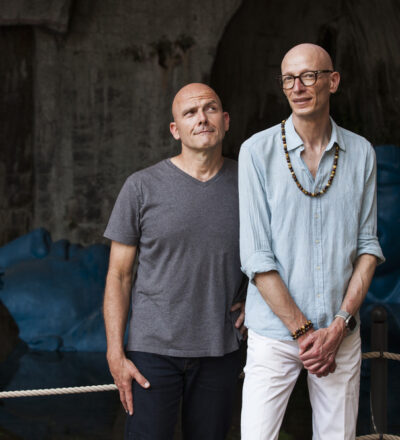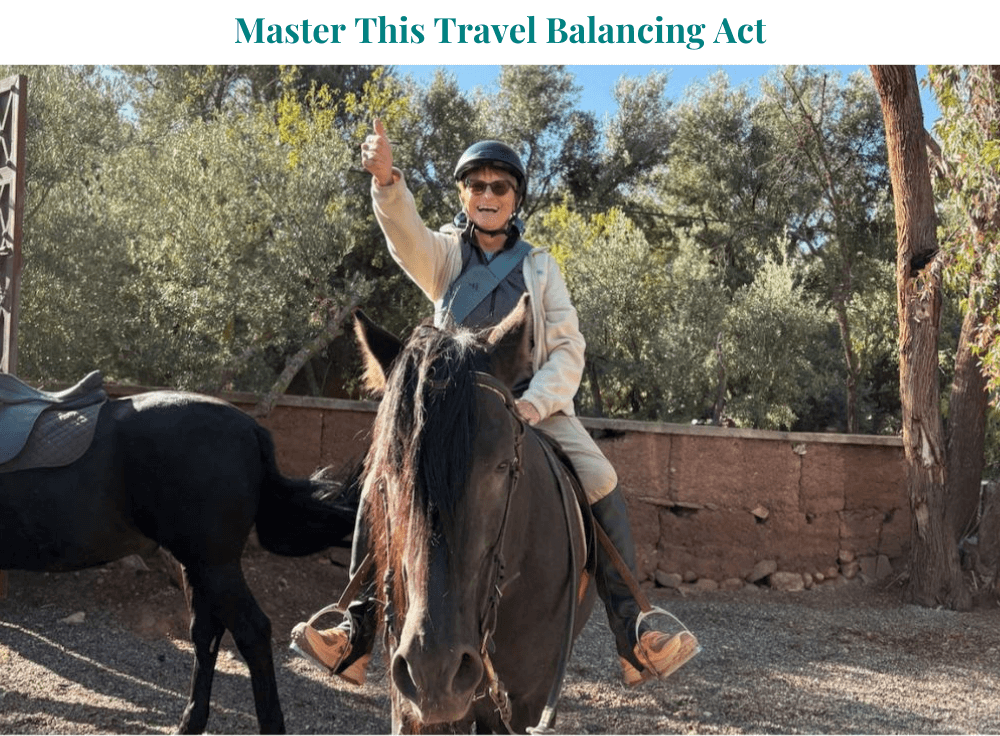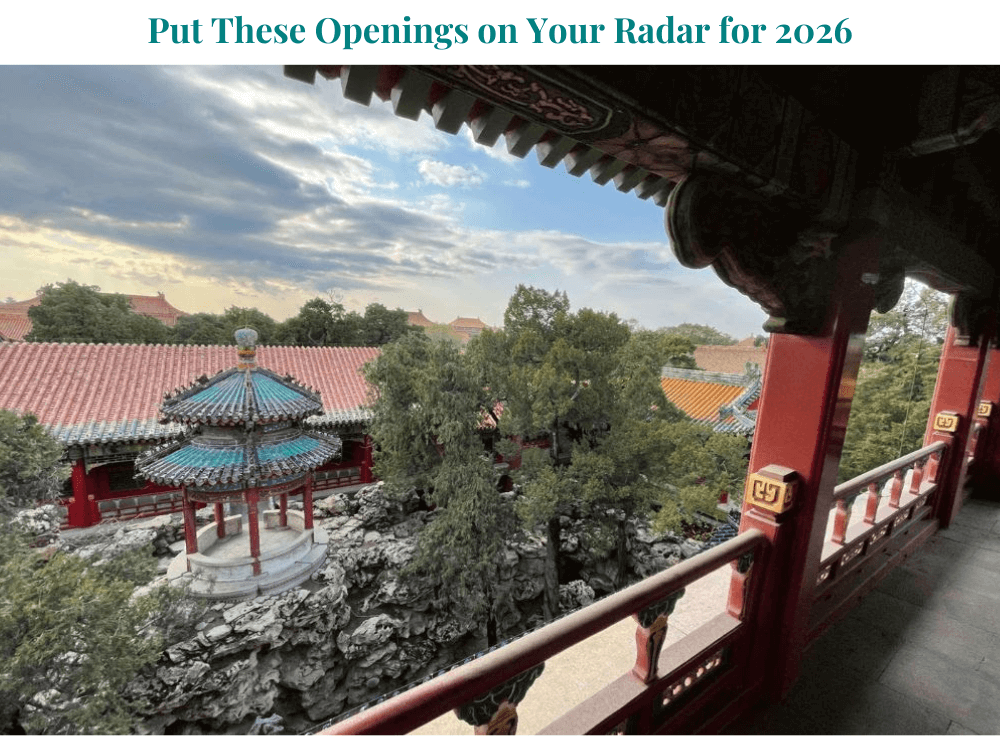Sicily: Insider’s Guide to the Ultimate Experience of the Island
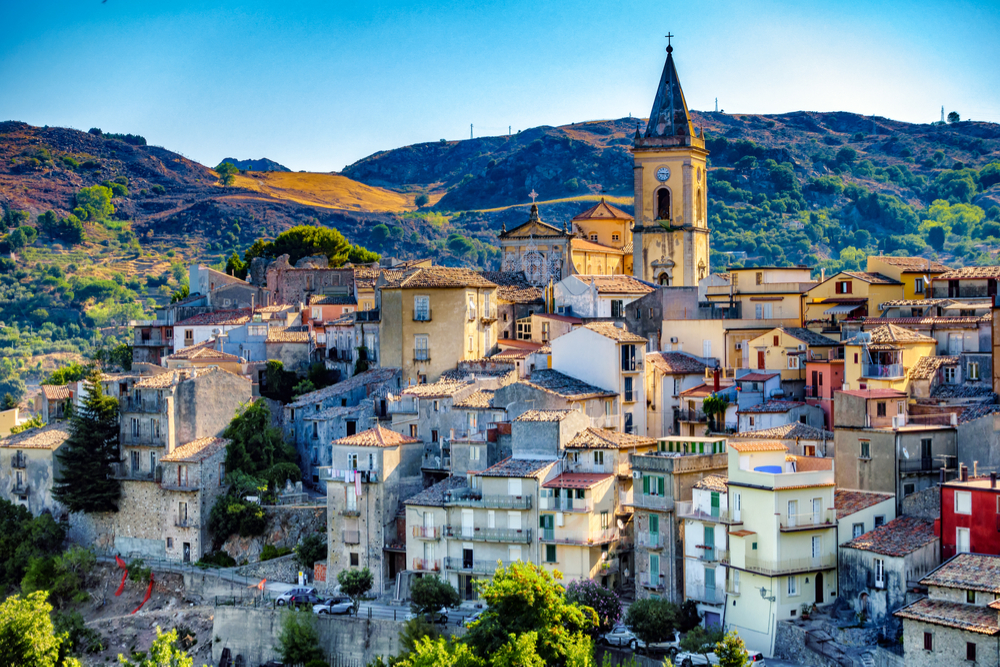 The mountain village of Novara di Sicilia, Sicily. Photo: Shutterstock
The mountain village of Novara di Sicilia, Sicily. Photo: Shutterstock
The insider advice on this page is from two of Wendy’s Trusted Travel Experts for Sicily: Marcello Baglioni and Matteo Rota of Agave Travel Creative.
While running a school for Americans studying in Sicily, Marcello found himself planning trips for the students’ visiting families—and thus his travel business was born. His fascination with Sicily derives from the island’s important historic location at the crossroads of numerous Mediterranean cultures (Roman, Arabic, Spanish, Norman, to name a few), all of which left their mark on the region’s unique food, wine, culture, and language. Matteo, meanwhile, has hospitality in his blood: Raised in his family’s restaurant in St. Moritz, today he is known to moonlight upon occasion—when restaurateur friends need a break—in the front-of-the-house and show off his food-and-wine cred. Matteo, who speaks four languages, has lived in Sicily since 2012; Marcello divides his time between the island and the U.S. Together they excel at forging deep personal connections and can arrange anything from a hike or donkey ride on Mt. Etna with a volcanologist to a market tour and cooking class with a chef, a visit to Greek ruins with an archaeologist, a private lunch at an herb farm, or a tour on a lovingly restored sailboat, all hosted by passionate locals whom they consider family.
What to See and Do
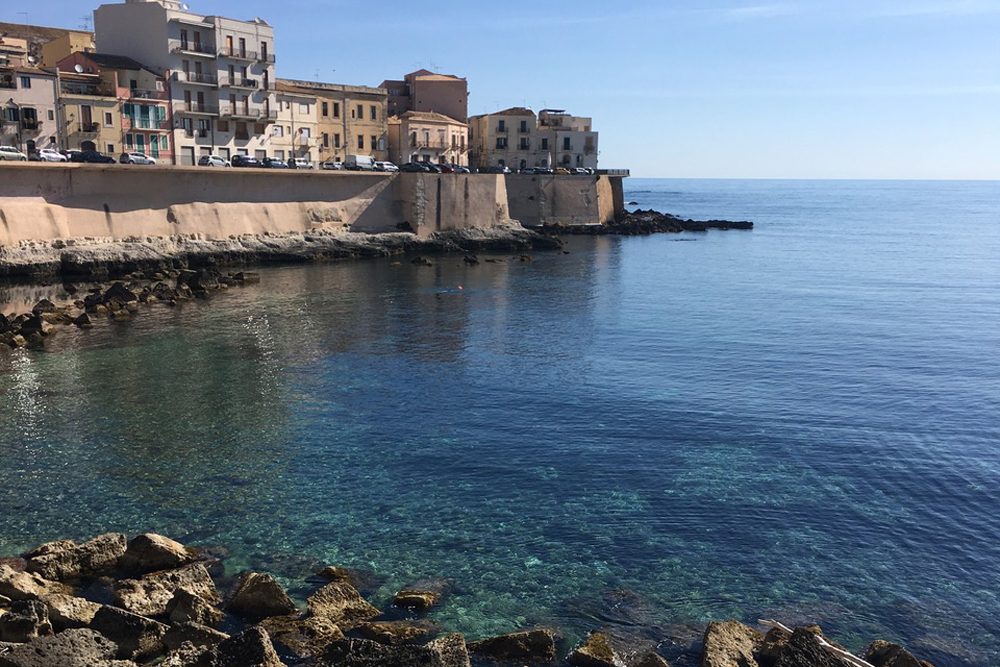
The view from the Cala Rossa, a public swimming spot on the island of Ortigia, near Siracusa. Photo: Agave Creative
Most underrated place
The historic town of Ortigia in Siracusa (or Syracuse) makes for the ideal home base in the southeastern part of the island. The area features a compelling mix of 3,000-year-old monuments, wide-open piazzas where you can relax with a nice gelato, outdoor food markets, and an ancient, eminently walkable harbor. It’s also a convenient point of departure for day trips that explore ancient sites, Baroque towns, seaside villages, and hiking trails.
Most overrated place
Many visitors include the famous hilltop town of Taormina on their Sicily bucket list, and for some compelling reasons: The town features amazing views of both Mt. Etna and the Mediterranean, elite dining spots, and some of the best accommodations on the island. However, its tiny streets are frequently clogged with large tour groups on shore excursions from their cruise ships, and its geographical position limits day-trip options. If you stay here, you’ll end up isolated from local life and culture.
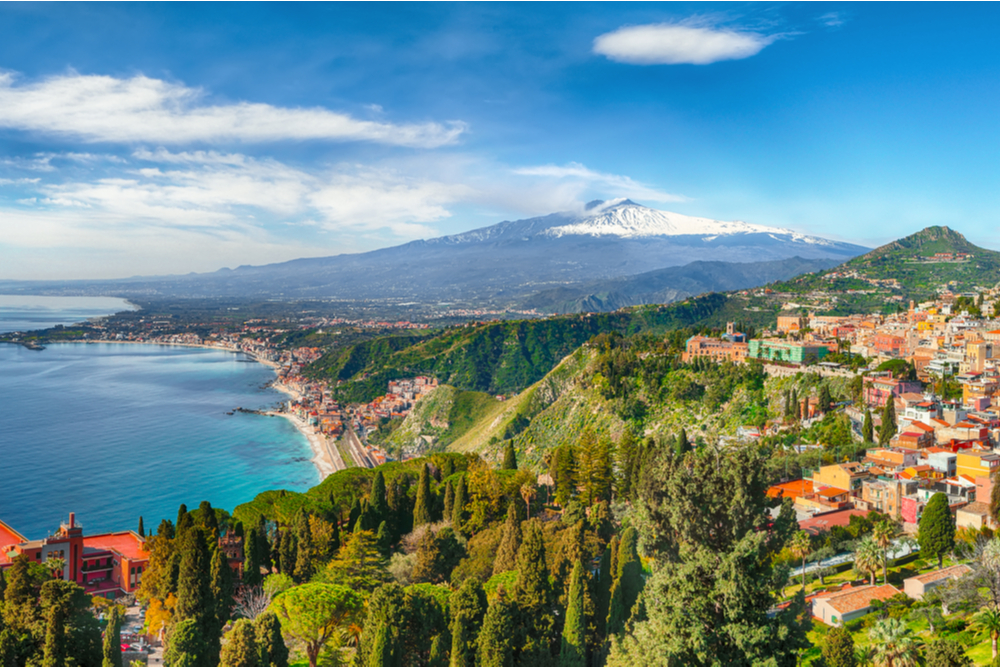
Snow on Mt. Etna can last even into April. Photo: Shutterstock
Hidden gem
Mt. Etna is much more than just a volcano (though it is the tallest and most active in Europe). In addition to checking out the recent and ancient lava flows with a volcanologist, take some time to explore the charming local towns nearby and their wide array of culinary traditions, which include pistachio cultivation, the invention of granita, and wineries that are making the most of the volcanic terroir.
Where to Stay and Eat
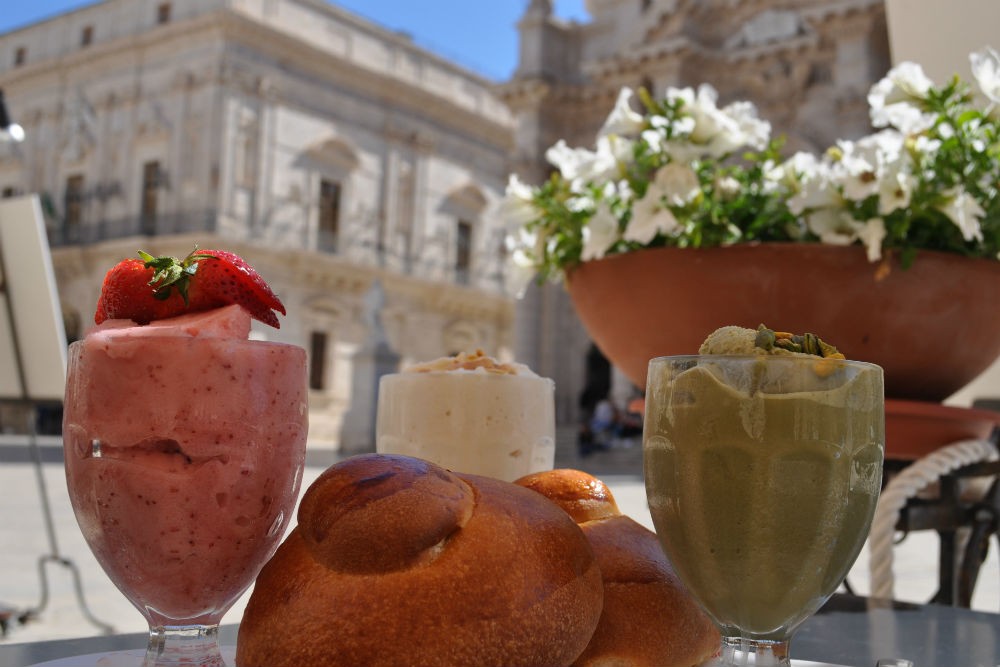
Granita was invented in Sicily. Photo: Marcello Baglioni
Best bang-for-your-buck hotels
When it comes to accommodations in Sicily, the sweet spot is a selection of boutique hotels and farmhouses. Many of these properties are family-run, serving locally grown organic meals and with a kind and helpful staff. Here are a few that provide the right blend of location, luxury, and a unique experience:
Fontes Episcopi, located near the Agrigento/Valley of the Temple ruins, is an organic farmhouse owned by a pharmacist who decided to create a country resort that would heal and nourish his guests. The property features a small spa that uses healing muds and lotions, and the meals all come from the on-site gardens. The friendly staff will make you feel like part of the family.
Musciara Resort, a short walk or boat ride from Siracusa’s historic center on Ortigia Island, has amazing sea views and a private beach area. From here, you can be part of local life while enjoying a peaceful perspective on the ancient city and sea. The rooms and public spaces have been lovingly designed by the owners and provide for a joyful stay.
While Taormina can get quite overrun with tour groups and leave you feeling at times as if you were in a Sicilian Disneyland, the Ashbee Hotel is a private oasis amid the hubbub, just outside the main area of town. The hotel was constructed in the early 20th century as an English-style villa, and while the rooms have been meticulously restored and updated, they still reveal details of the original architecture. The Deluxe Seaview rooms also have large private terraces.
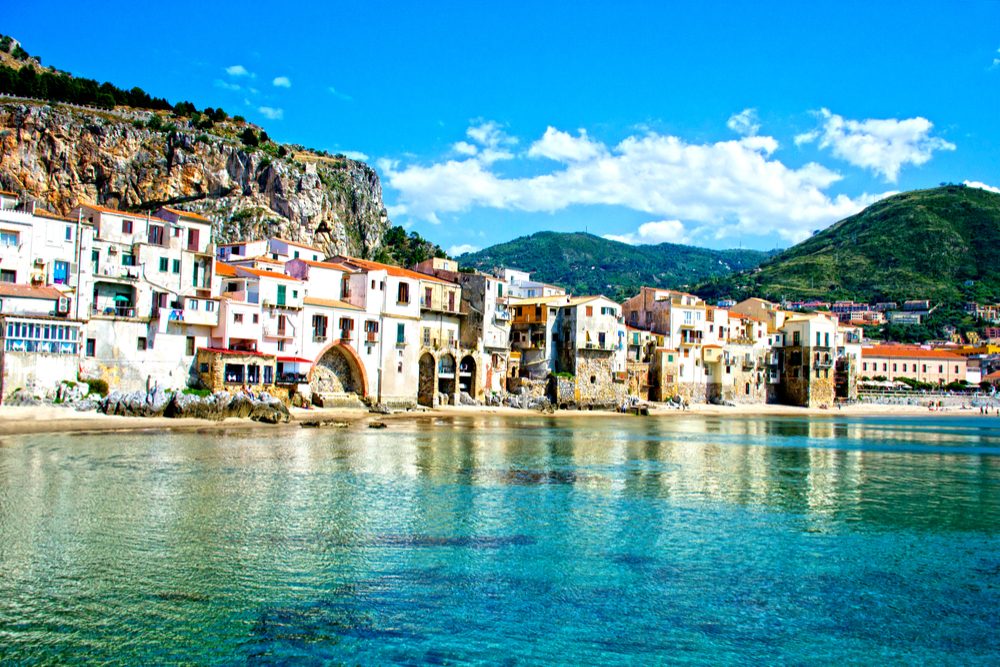
The coastline of Cefalu, a village near Palermo. Photo: Shutterstock
Restaurants the locals love
In Sicily, you can dine at a Michelin-starred restaurant one night, then possibly outdo the experience at a seaside osteria the next. The island’s complex history provides an almost endless choice of culinary traditions to explore, from ancient Greek and Roman to Arabic, Spanish, and French, all within the framework of Italian cuisine.
Bisso Bistrot. The setting couldn’t be better, in the Quattro Canti at the heart of Palermo’s city center, in what used to be an old family-owned bookstore. The menu features fresh takes on traditional Palermo street food, served with the bustling and frenetic energy (no reservations, shared tables) that best symbolizes the spirit of Sicily’s capital.
Ciacco Casa & Putia. Few travelers take the time to explore remote and rustic western Sicily, but those who do are well rewarded for their efforts. Located just outside Marsala’s historic center, Ciacco Casa & Putia is the invention of a husband-and-wife team with both Tuscan and Sicilian culinary roots. Their simple yet creative dishes of seasonal items pair amazingly well with the Marsala wines for which the area is known and named.
Cave Ox. This unassuming “hole in the wall” is a local favorite and for good reason. Based in the town of Solicchiata on Mt. Etna’s northern slopes, Cave Ox features a wonderful range of locally inspired dishes that feature Etna-sourced ingredients prepared in a simple, authentic style. They also have one of the most complete wine lists on the island, showcasing an impressive range of both Sicilian and Italian varietals.
Giardino SottoSale is located on the grounds of the Baglio sull’Acqua, a fully restored 19th-century farmhouse featuring lovely Mediterranean gardens and pools that express the deep North African influence on western Sicily. The seasonal restaurant picks up on this theme and explores these same influences on the culinary culture, surrounded by design elements that evoke the spirit of the Favignana Island.
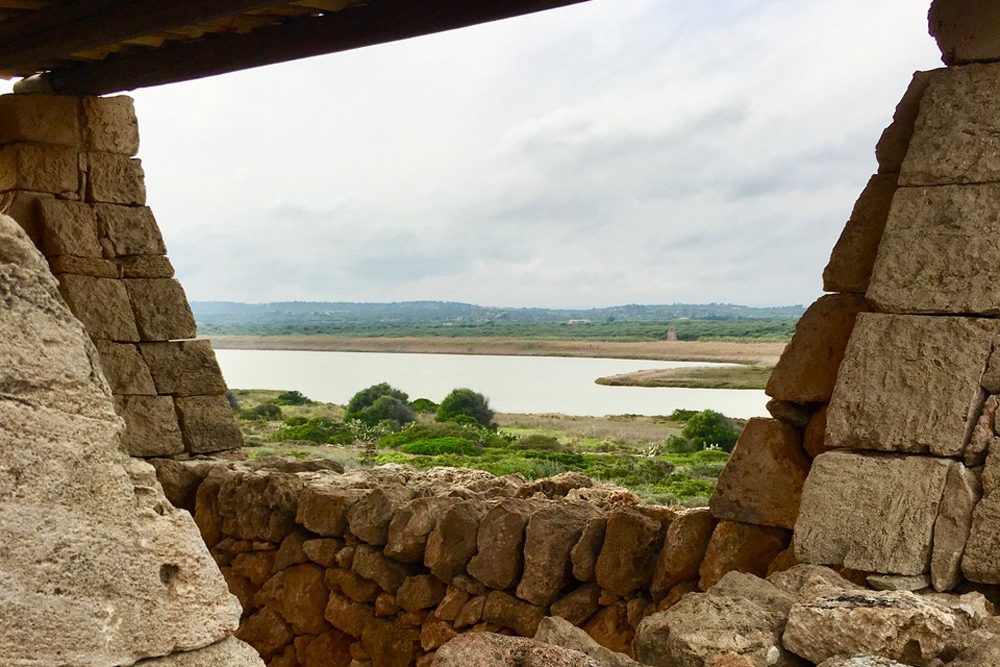
The Vendicari Nature Reserve, near Noto, is a spot for seeing birds—even flamingoes. Photo: Agave Creative
Dish to try
Pasta con le Sarde, or pasta with anchovy filets. It is often made with wild fennel, fresh anchovies, raisins, pine nuts, and finished off with some toasted breadcrumbs, although each province in Sicily has a slight local variation. The dish features a contrast of seemingly conflicting flavors that somehow come together on the palate, giving you a strong sensorial sample of the culinary and cultural mosaic that is Sicily.
Best Times to Go

Each season presents a range of culinary, cultural, and local adventures to be savored:
Mid-March through April: The air is fresh and spring flowers abound. During Easter week, colorful processions take place, and the island comes alive after its winter hibernation.
May to mid-July: The weather and the sea get warmer by the week, while the heat, humidity, and crowds don’t usually arrive until late July—making this an ideal time to explore.
September and October: September features summer weather without the crowds. The end of the month and first couple weeks of October are typically the harvest period for olives, almonds, and wine.
November: Temperatures are still relatively warm, and there are few other travelers to be found. This means you won’t have trouble booking hotels and private guides, and it can feel as if you’ve got the whole place to yourself.
December to mid-January: Culture never gets cold, so the sites, ruins, and culinary traditions are always in season. During these weeks, various saints’ feast days, holiday celebrations, and food festivals enliven the towns. Sicilians are particularly festive, and the intimacy at this time of year helps you feel like a local.
Worst Times to Go
The weekend following January 6th (the Epiphany, when the holiday season in Italy traditionally ends), until March. The weather tends to be more unstable, most hotels are closed, and Sicilians go into hibernation mode.
August can get quite hot and humid, with large crowds of Italian tourists and expat Sicilians returning for a visit.
That said, these are great times to rent a private villa with a pool (or fireplace in the winter), staying more rooted and enjoying a select range of weather-friendly activities and culinary/cultural adventures.
Biggest Rookie Mistakes
Renting a car. In Marcello and Matteo’s experience, the downsides are: long wait times to pick up the vehicle (either in town or at the airport); getting lost with outdated GPS or dropped cell coverage in the countryside, and thus arriving late for tours; expensive fines while attempting to drive and park in complicated ZTLs (Limited Traffic Zones) in Sicily’s historical centers; and generally adding stress to a trip.
People think of Sicily as a small island that can be seen easily in just a few days. Don’t be fooled by Google Maps: It can take several hours to cross from one side of the island to the other, or even to get from town to town. For shorter holidays, base yourself in one spot and don’t try to see or do too much; seeing less and experiencing more is always a good rule of thumb. If you have a week to ten days, start in Palermo and make your way through the heart of Sicily to the southeastern part of the island, departing from Catania. If you have two to three weeks, add in the “Wild West” of Sicily (Trapani, Marsala, and Menfi), or a few days in the Aeolian Islands.
Scam to Avoid
Taxi drivers at both the Palermo and Catania airports tend to price their fares according to the weather, early or late hour of flight arrivals, or even their moods. If Mt. Etna is acting up or your flight gets delayed, their rates can soar. For peace of mind, Marcello and Matteo can arrange for one of their trusted private drivers to pick you up.
Tipping Tip
Tipping is not expected of locals, but it is somewhat expected of foreigners. At restaurants, Marcello and Matteo suggest leaving 10% (a bit more for fine dining). When grabbing an espresso or a gelato, simply round up the bill. Tips should always be left in euros.
Don’t Forget to Pack
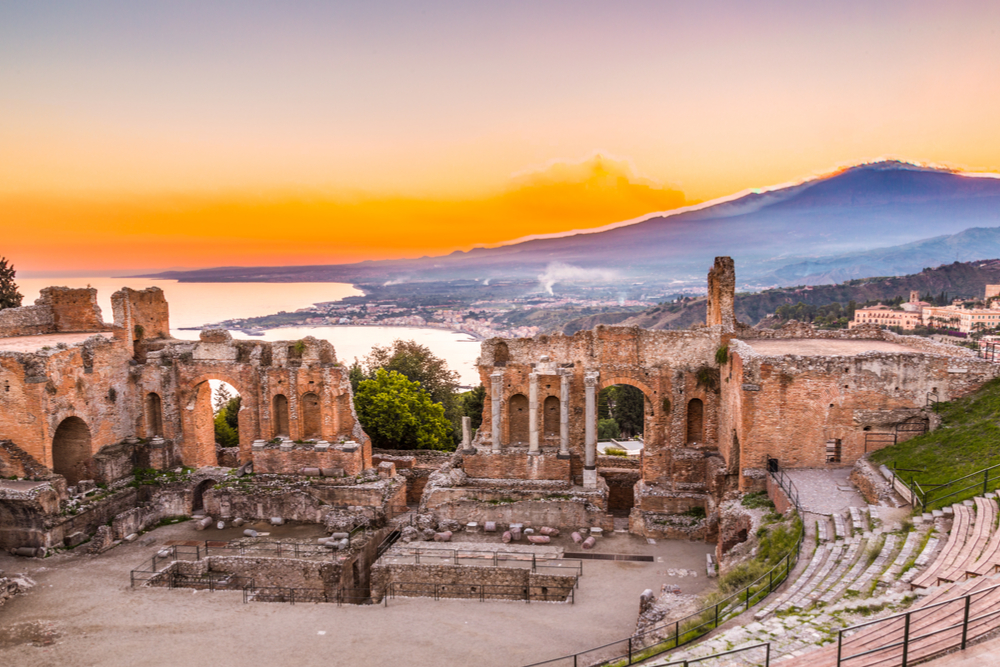
A pair of trail or light hiking shoes will prove invaluable when you’re walking around all of the archaeological and outdoor sites, which usually have uneven and rocky terrain.
Pack layers, as there can be drastic differences in temperatures and weather in town, by the water, on Mt. Etna, and at a fully exposed archaeological site.
Must-Have App
All of Marcello and Matteo’s drivers, guides, and office staff use WhatsApp to communicate, so it’s a great way for you to stay in touch with all of them en-route as well.
The Souvenirs

If you are in Sicily during the olive oil harvest, you can visit one of Marcello and Matteo’s friends’ local olive farms, pick some olives, and have them pressed into your very own oil to take back home.
You can also pick up some aged salted ricotta cheese at an outdoor food market and have it vacuum packed for the voyage home, using it sparingly over the pasta alla norma (a local recipe made with fried eggplant, red onions, and tomato sauce) that you learned to make during a cooking class.
Bragging Rights
Marcello and Matteo can organize a variety of experiences that connect you to the spirit and people of Sicily: private visits to an artist’s home studio, giving a deeper appreciation of the area that can’t be understood by visiting a ruin or museum alone; a visit to a family-run almond farm where you can meet with the owner, touch and taste the fruit of a 300-year-old almond tree, and learn how to make fresh almond milk and ricotta cheese in a traditional style; and more, depending on your interests.
Can't-Miss Photo Ops
Sicily is an island of contrasts. The best shots capture these opposing elements in one frame: the seemingly chaotic mix of families and friends reuniting in Ortigia’s Piazza Duomo on a Sunday, or a sunrise on Mt. Etna with smoky clouds above, Mediterranean Sea below, and the darkness of cooled lava surrounded by lush vineyards and olive groves.
Prime Picnic Spots
A scampagnata is more than a picnic in Sicily, rather a family outing into the countryside at the first sign of springtime weather, or for relief from the summer heat and seaside crowds. In the medieval town of Buccheri, Marcello and Matteo can arrange for you to collect seasonal wild herbs and vegetables with a local chef, then transform them into an “urban picnic” at his local osteria.
On the island of Salina, hike up to a local vineyard, cultivated on the slopes of an ancient volcano covered by lush vegetation. Under the shade of an olive tree, enjoy a rustic lunch accompanied by some local capers while overlooking the Aeolian Sea.
Or cycle to the Vendicari Nature Reserve and set up a picnic under the cover of a bird-watching viewpoint, to breathe in the fresh Mediterranean air while you enjoy some local wine and cheese.

